.25-45 Sharps: New AR-15 Hunting Round
.25-45 Sharps: New AR-15 Hunting Round
0 seconds of 0 secondsVolume 90%
Press shift question mark to access a list of keyboard shortcuts
Keyboard Shortcuts
Shortcuts Open/Close/ or ?
Play/PauseSPACE
Increase Volume↑
Decrease Volume↓
Seek Forward→
Seek Backward←
Captions On/Offc
Fullscreen/Exit Fullscreenf
Mute/Unmutem
Decrease Caption Size-
Increase Caption Size+ or =
Seek %0-9
Rate: .25-45 Sharps: New AR-15 Hunting Round
Other Articles by Ken Kempa:
- 5.56 & 7.62: SHORT STOP® - Full Power, Short Range Training Ammo
- .17 Mach 2: Small Game Hunter's Dream
- .17 Remington Fireball: Smallbore on Steroids
- .19 Calhoon: Better Use for the Hornet Case
- .204 Ruger: Incredible Speed and Accuracy
- .22 LR Steyr Zephyr: Classic Review
- .223 Part 3: More Bullets:Low Barrel Heat, Low Recoil- for Prairie Dogs, Pests or Practice
- .223 – Part 1, Low Barrel Heat, Low Recoil Loads: for Prairie Dogs, Pests & Practice
- .223 – Part 2, Low Barrel Heat, Low Recoil Loads: for Prairie Dogs, Pests & Practice-Alternate Powders
- .223- 5.56 Ruger Gunsite Scout: 80 Round Handload & Factory Ammo Test
- .25-45 Sharps: New AR-15 Hunting Round
- .264- 6.5x55 Swedish Mauser: The Magic Metric Series- Reloading
- .284- 7x57 Mauser: The Magic Metric Series- Reloading
- .284- 7x64 Brenneke: The Magic Metric Series- Reloading
- .30-06 BLR Takedown: Browning Levergun
- .30-06: Reloading Lead-Free Hunting Loads
- .323- 8x57 Mauser: The Magic Metric Series- Reloading
- .325 WSM: Powerful and Accurate Medium Bore
- .327 Federal Magnum: Great Self-Defense Cartridge
- .338 Federal: Short Action Workhorse
- .35 Whelen: Feeding a Semi-Auto 750 Remingtion
- .366- 9.3x62 in Sauer 101: The Magic Metric Series- Reloading
- .416 Ruger/ African-Alaskan: Beats the .375
- .416 Steyr: Sensible, Moderate Big Bore
- .44 Magnum: Reloading for Ruger’s Alaskan and Redhawk
- .44 Magnum: Ruger Redhawk-Kodiak Backpacker
- .45 Colt: Reloading for Ruger’s Redhawk
- .460 Rowland: the .45 ACP on STEROIDS
- .460 S&W Magnum: Reloading the Big .45
- .480 Ruger Reintroduction: Alaskan and Super Redhawk Shootout
- .50 Alaskan Levergun: Reloading and Hunting
- .50 G.I.:Sensible BIG BORE Glock
- .50-95 Uberti Model 1876
- .500 Nitro Double: Blaser S2 Safari
- .500 S&W: Reloading Reduced Recoil, Moderate Loads
- 1,000 round, 9 cartridge, Hornady Factory Ammo Test
- 32 Year Old Deer
- 5mm Sheridan Pellet Rifle Review: A BLAST from the Past
- Accurate, Easy Hunting Loads
- Africa: Lion- Ghost of the Kalahari, an adventure by J.C. Bell
- Africa: .308 Scout on Safari, Zimbabwe- Part 1
- Africa: .376 Steyr Medium Bore, Zimbabwe- Part 2
- Africa: .50 Alaskan Levergun, Zimbabwe- Part 3
- Africa: A Tough Assignment – Zimbabwe!
- Africa: Big Buff, First Kudu
- Africa: Elusive Eland, Barking Baboon, Poacher’s Dog
- Africa: Feed a Village
- Africa: Kudus In the Cotton
- Africa: Midnight Hyenas
- Alaska Part 1: Eaten by a Brown Bear… Almost!
- Alaska Part 2: Second Chance Caribou
- Archery: Beginner Mistakes, One Yard Elk., Rifle: Elk Group Hunt, Mulie Mistakes
- Australia: Hunting Down Under - Billabong Boars and Scrub Bulls
- Australia: Russian Boars Connection
- Austria: Alpine Marmot
- Austria: Driven Russian Boar Hunt
- Austria: Tyrolean Alps Chamois Hunt
- Barrels: Hammer Forging- How is it done?
- Bird Hunting - Part 1: Golden Retriever Buddy
- Bird Hunting - Part 2: A Hunting We Will Go!
- Bird Hunting - Part 3: Frozen Lake Pheasant
- Bird Hunting - Part 4: Irrigation Ditch Pheasants
- Bird Hunting: Dodging Doves!
- Canada: Frozen Caribou
- Canada: Long Lake Pike
- Cast Bullet Hog: .44 Mag & .45-70
- Cutting Edge Defense: PHD- Person Home Defense™ handgun ammunition
- Feeding Barrett’s .338 Lapua, 98 Bravos
- First Elk, First Bison, Montana: Elk- Four Hour Drag
- Fishing, Africa: Zimbabwe Tigerfish & 100 lb. Vundu
- Fishing: First Cast
- Hunting Loads for the 222 Remington
- Low Recoil- Moderate, Effective Loads (MELs) : For Young Shooters & Hunters
- Montana: Prairie Dogs 101
- Montana: 4WD STUCK!!!
- Montana: Big Sky Country
- Montana: Ghost Antelope
- Montana: Perfect Guide, Distant Mulie, Wheatfield Whitetail
- Montana: Prairie Dog Bowl
- Montana: Prairie Dog Convention

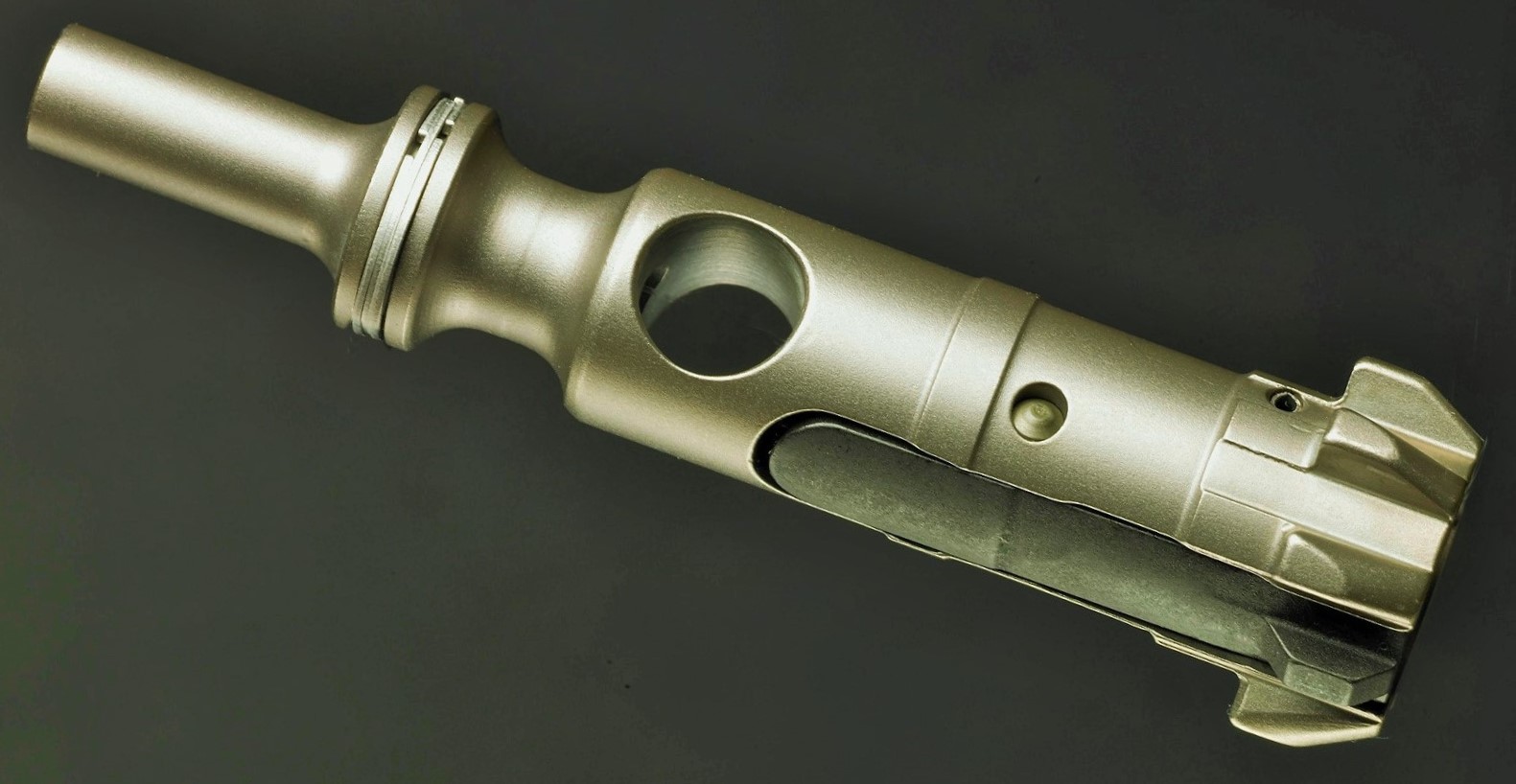
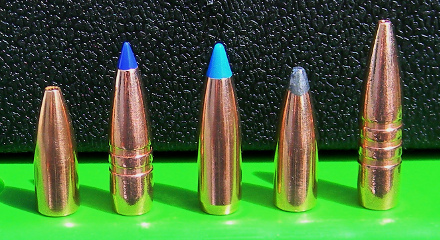
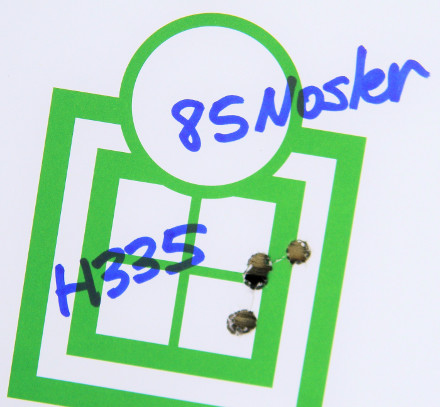
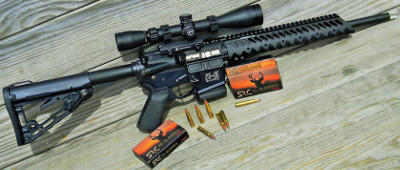

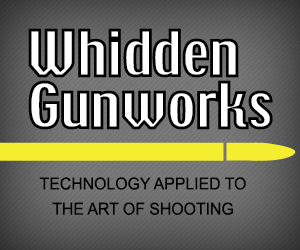

Comments